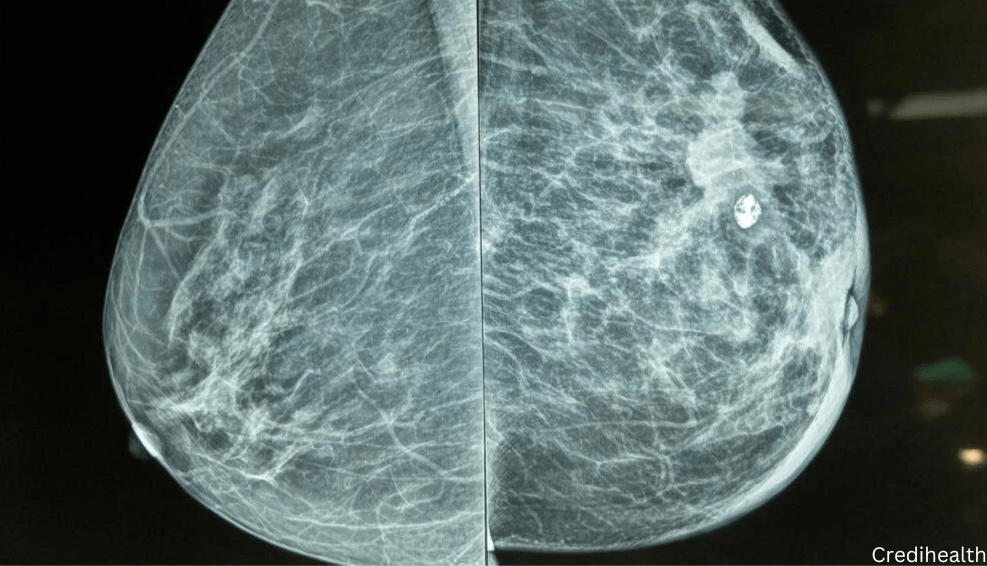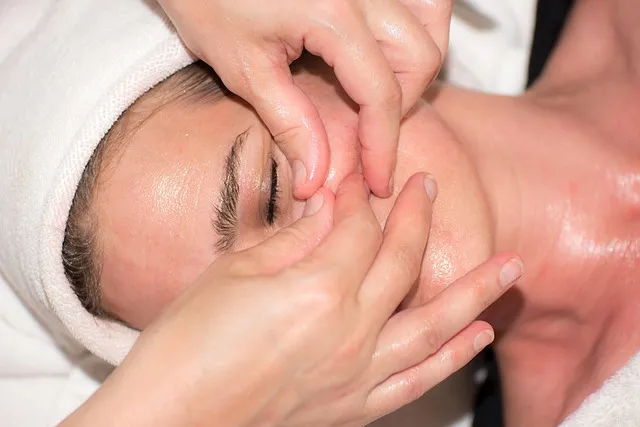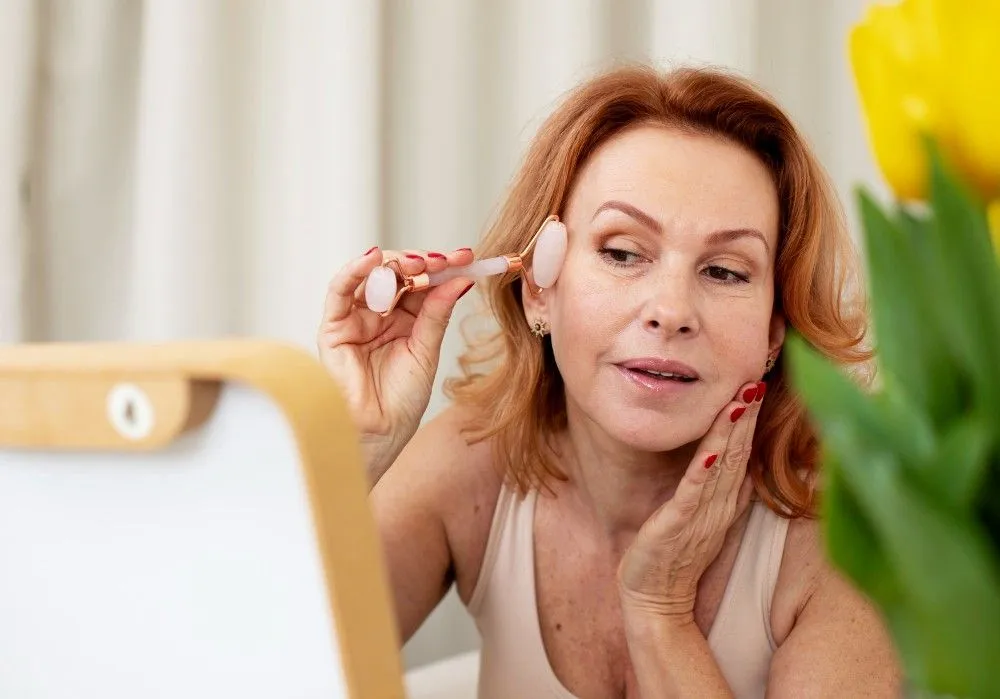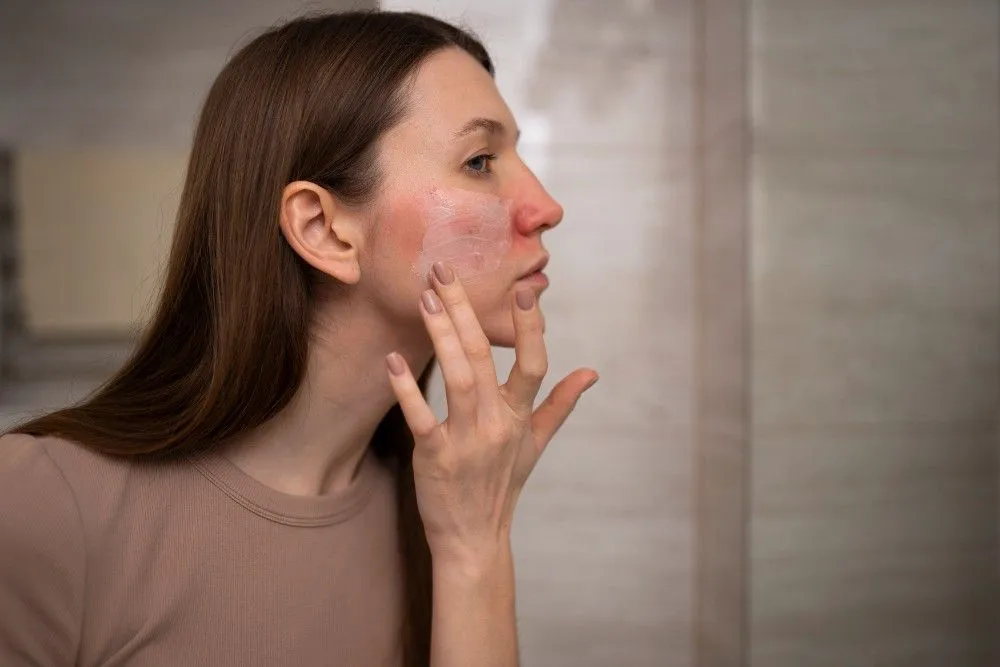Many people have come across these dead skin problems over time since they are frequently neglected or completely ignored. Dead skin accumulates over time on the feet, becoming thick, dull, and lifeless. They are not only difficult to remove, but they can also clog pores, causing inflammation.
Itching can also be caused by the dead skin layer. How to get rid of dead skin on your feet is a natural byproduct of human decomposition. Dead skin cells shed continuously, trying to form layers of each other.
There are no particular signs when it is time to shed, but it can occur at any point and for a variety of reasons.
 The term "dead skin" usually relates to the dead cells that our body systems constantly shed and replace with new cells. Every day, our body systems shed around 30,000 & 40,000 skin cells. A normal cell turnover occurs every 30 days.
Desquamation involves the production of new skin cells as well as the removal of dead skin cells. Conversely, skin cells do not always shed normally. When this occurs, they can accumulate and manifest as dull, brittle skin.
The term "dead skin" usually relates to the dead cells that our body systems constantly shed and replace with new cells. Every day, our body systems shed around 30,000 & 40,000 skin cells. A normal cell turnover occurs every 30 days.
Desquamation involves the production of new skin cells as well as the removal of dead skin cells. Conversely, skin cells do not always shed normally. When this occurs, they can accumulate and manifest as dull, brittle skin.
 New skin cells develop deep within the epidermal layers of skin and then move to the surface during the regular desquamation process.
These cells push the old ones away, usually causing them to chip off and be exposed to new skin.
Whenever this method is slowed or stopped, dead skin cells accumulate on the skin's surface.
Throughout the day, your feet go through a lot. As a result, there could be a few reasons for dead tissue on the feet.
Here are a few examples.
Lack of hydration - A lack of moisture can result in dryness on the feet. There are few oil glands in this area, which is probably the cause of parched, flaky, dead skin.
Age-Age is yet another reason for dead skin buildup. As you age, your skin loses its ability to hold moisture, making it thinner and dryer.
Heat and humidity - wearing closed shoes or the exact same old sock pair can result in extremely hot feet. Because of the heat and humidity, the skin loses all of its moisture, resulting in dead skin.
Harsh soaps - Some soaps contain harmful ingredients that can rob the skin of all moisture.
Medical conditions - Dry skin can happen as a result of some existing conditions. Eczema, diabetes, athlete's foot, and other conditions are examples.
Also, Read How to Get Rid of Fungal Infection in Hands
New skin cells develop deep within the epidermal layers of skin and then move to the surface during the regular desquamation process.
These cells push the old ones away, usually causing them to chip off and be exposed to new skin.
Whenever this method is slowed or stopped, dead skin cells accumulate on the skin's surface.
Throughout the day, your feet go through a lot. As a result, there could be a few reasons for dead tissue on the feet.
Here are a few examples.
Lack of hydration - A lack of moisture can result in dryness on the feet. There are few oil glands in this area, which is probably the cause of parched, flaky, dead skin.
Age-Age is yet another reason for dead skin buildup. As you age, your skin loses its ability to hold moisture, making it thinner and dryer.
Heat and humidity - wearing closed shoes or the exact same old sock pair can result in extremely hot feet. Because of the heat and humidity, the skin loses all of its moisture, resulting in dead skin.
Harsh soaps - Some soaps contain harmful ingredients that can rob the skin of all moisture.
Medical conditions - Dry skin can happen as a result of some existing conditions. Eczema, diabetes, athlete's foot, and other conditions are examples.
Also, Read How to Get Rid of Fungal Infection in Hands
What is Dead skin?
 The term "dead skin" usually relates to the dead cells that our body systems constantly shed and replace with new cells. Every day, our body systems shed around 30,000 & 40,000 skin cells. A normal cell turnover occurs every 30 days.
Desquamation involves the production of new skin cells as well as the removal of dead skin cells. Conversely, skin cells do not always shed normally. When this occurs, they can accumulate and manifest as dull, brittle skin.
The term "dead skin" usually relates to the dead cells that our body systems constantly shed and replace with new cells. Every day, our body systems shed around 30,000 & 40,000 skin cells. A normal cell turnover occurs every 30 days.
Desquamation involves the production of new skin cells as well as the removal of dead skin cells. Conversely, skin cells do not always shed normally. When this occurs, they can accumulate and manifest as dull, brittle skin.
What are the Dead Skin Signs and Symptoms?
Very first between 18 and 23 levels of your skin are made up of dead skin cells. When skin cells do not peel off as they ought to, you may experience symptoms such as dull, dry skin. Other signs and symptoms include:- Skin that's flaky and dry.
- Itching.
- thick and rough feet
- dull and scaly skin.
- Breakouts and acne.
What causes foot-dead skin?
 New skin cells develop deep within the epidermal layers of skin and then move to the surface during the regular desquamation process.
These cells push the old ones away, usually causing them to chip off and be exposed to new skin.
Whenever this method is slowed or stopped, dead skin cells accumulate on the skin's surface.
Throughout the day, your feet go through a lot. As a result, there could be a few reasons for dead tissue on the feet.
Here are a few examples.
Lack of hydration - A lack of moisture can result in dryness on the feet. There are few oil glands in this area, which is probably the cause of parched, flaky, dead skin.
Age-Age is yet another reason for dead skin buildup. As you age, your skin loses its ability to hold moisture, making it thinner and dryer.
Heat and humidity - wearing closed shoes or the exact same old sock pair can result in extremely hot feet. Because of the heat and humidity, the skin loses all of its moisture, resulting in dead skin.
Harsh soaps - Some soaps contain harmful ingredients that can rob the skin of all moisture.
Medical conditions - Dry skin can happen as a result of some existing conditions. Eczema, diabetes, athlete's foot, and other conditions are examples.
Also, Read How to Get Rid of Fungal Infection in Hands
New skin cells develop deep within the epidermal layers of skin and then move to the surface during the regular desquamation process.
These cells push the old ones away, usually causing them to chip off and be exposed to new skin.
Whenever this method is slowed or stopped, dead skin cells accumulate on the skin's surface.
Throughout the day, your feet go through a lot. As a result, there could be a few reasons for dead tissue on the feet.
Here are a few examples.
Lack of hydration - A lack of moisture can result in dryness on the feet. There are few oil glands in this area, which is probably the cause of parched, flaky, dead skin.
Age-Age is yet another reason for dead skin buildup. As you age, your skin loses its ability to hold moisture, making it thinner and dryer.
Heat and humidity - wearing closed shoes or the exact same old sock pair can result in extremely hot feet. Because of the heat and humidity, the skin loses all of its moisture, resulting in dead skin.
Harsh soaps - Some soaps contain harmful ingredients that can rob the skin of all moisture.
Medical conditions - Dry skin can happen as a result of some existing conditions. Eczema, diabetes, athlete's foot, and other conditions are examples.
Also, Read How to Get Rid of Fungal Infection in Hands
How to get rid of dead skin on your feet?
1. Foot scrubbing
Foot scrubs, which are widely available in drugstores and pharmacies, physically remove dead skin cells from your feet. Simply apply the scrub to your foot and gently massage it in with your hand simply, sponge, or scrub brush. After that, thoroughly rinse your feet with water and use lotion to seal them in moisture.2. The pumice stone
Pumice stones, which are made of natural lava, are a prominent method for removing blisters and dead cells from your feet. Allow your feet to soak in the heated water for 20 minutes prior to actually getting started for the best results. To remove unwanted skin from your feet, simply soak the stone dust stone in hot water and gently start moving it in circular movements on your feet. Leave as soon as you cut the top surface of dead tissue when the redness or bleeding appears indicates you've gone too far, then finish with moisturizer or foot cream. Do not use the pumice stone on injured skin or cracked places.3. Coconut oil
It has a moisturizing effect on the skin and will keep the feet's skin hydrated and protected.4. Vinegar bath
A vinegar bath softens and removes dead skin while also repairing cracked feet. Any type of vinegar most likely white vinegar or apple cider vinegar in your house. Use one part of vinegar to two parts of cool water and soak your feet for ten minutes. To isolate the loose skin, use a pumice rock for extra oomph. Apply moisturizer to wrap in the moisture after the soak, and then put on socks.5. Heel balms
To enhance the skin elasticity on the heels, apply a heel lotion or a thick moisturizer twice daily. Urea is one of the main ingredients in heel lotion that help retain skin moisture. Also, Read Candid B Cream: Uses, Side Effects, Price, and Related Warnings.6. Wear appropriate footwear
Calluses are frequently caused by too-tight or ill-fitting shoes. Make sure your shoes, especially running shoes, fit properly, with at least an inch of space between your toes to avoid blisters and calluses. Wearing the same shoes every day may also cause foot issues, so maintain a few pairs in rotation.7. Soak or scrub with Epsom salts
Epsom salt, which is a crystal type of magnesium sulfate, a mineral compound, is an excellent natural substance to remove the dead skin from your feet. Allow Epsom salt to dissolve in water before soaking your feet to remove the skin. In a foot bath, use a half-cup of Epsom salt in a huge tub of warm water. After 15 min, you can remove the dead tissue from your feet with a brush-like substance or similar material. Make a foot rub down by trying to combine a bunch of Salt with a spoonful of oil, then rub it onto your feet with your palms or a bath sponge.8. Reduce friction
The simplest way to treat hard skin is to avoid them altogether. If you understand which feet are likely to get them, on a regular basis your toes, locate a moleskin there just before putting on your socks to keep your footwear from rubbing there.9. Paraffin waxing
Most salons offer this as a contribution service after a pedicure, or you can do it yourself at home. Paraffin is a soft wax that melts to about 125°F, which really is warm sufficient to be efficient but not hot enough to burn your skin. For the therapies, your feet are immersed in paraffin wax several times until several levels are applied, then wrapped in plastic. After the wax solidifies, the plastic is removed, along with the flaky skin on your feet, deciding to leave your tootsies smooth and soft.10. The heel file
A heel file as well as an Emerson board, like a pumice stone, is used to remove the dead and for smooth texture, as well as to isolate calluses. Wash the region of flaky skin in hot water first, then use a heel file to soften and remove the skin. After that, rinse off your feet, and apply lotion. Also, Read What Does Vitamin C Do for Your Skin?Conclusion -
The best part is you are able to treat dry feet and ruptured heels with simple home remedies. While your feet will never look like that of a baby, with proper care. In any situation, you'll be allowed to place your best foot forward.
Reviewed by







